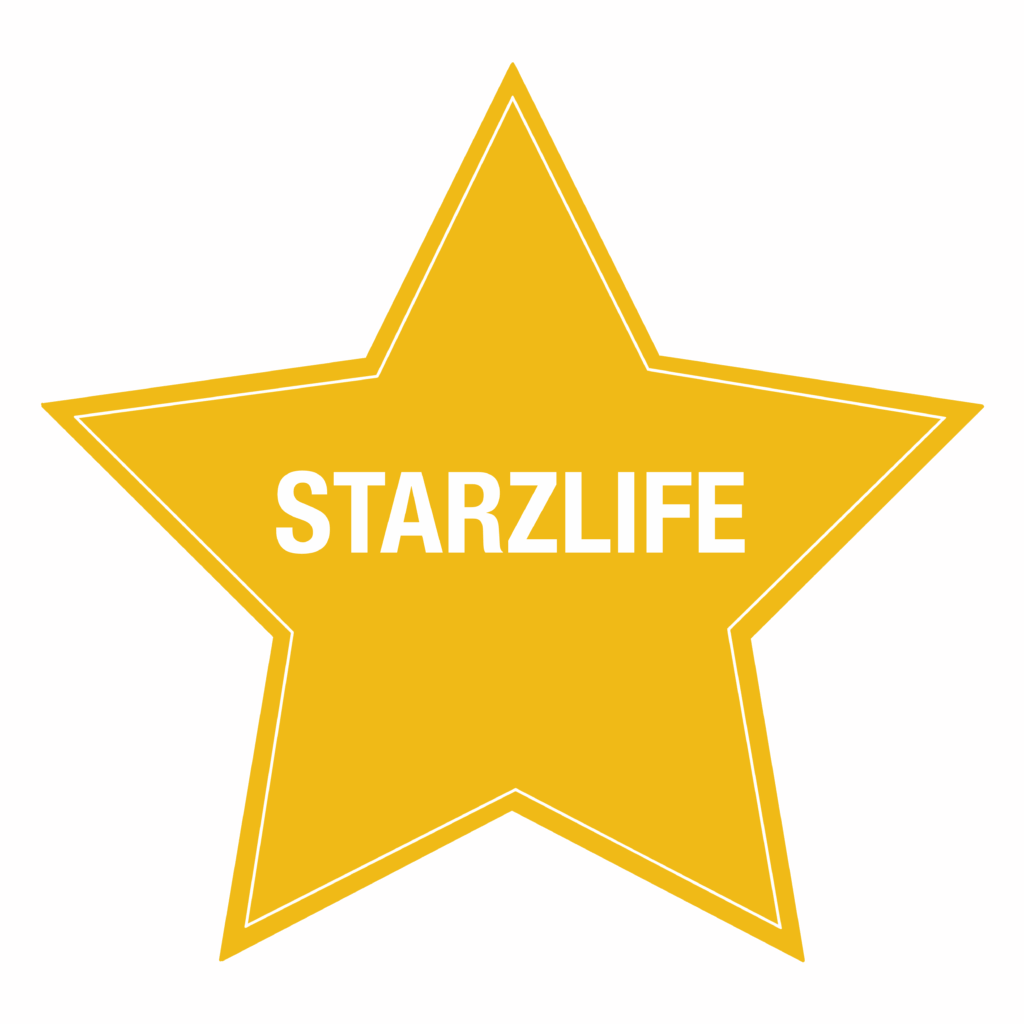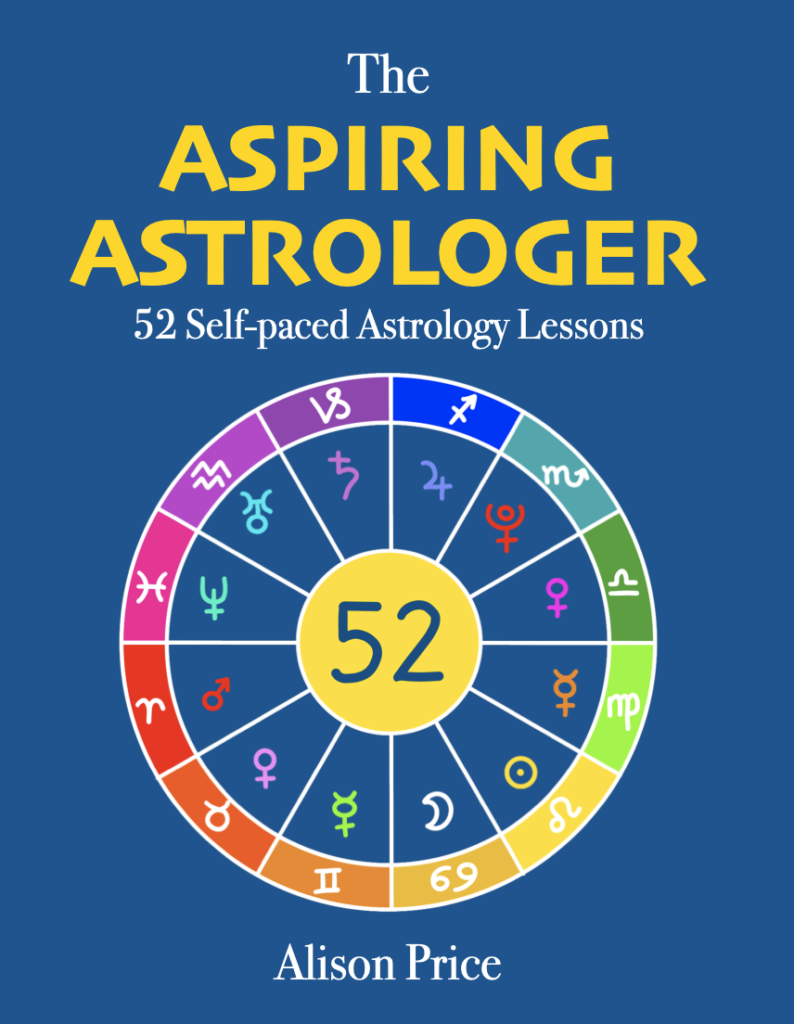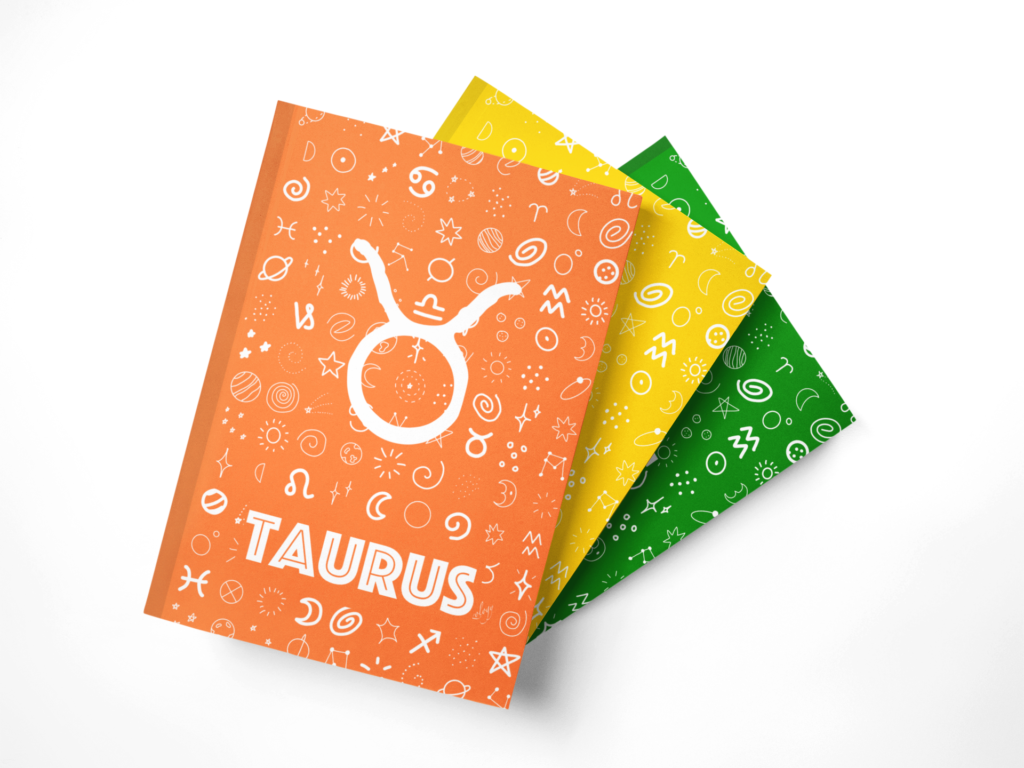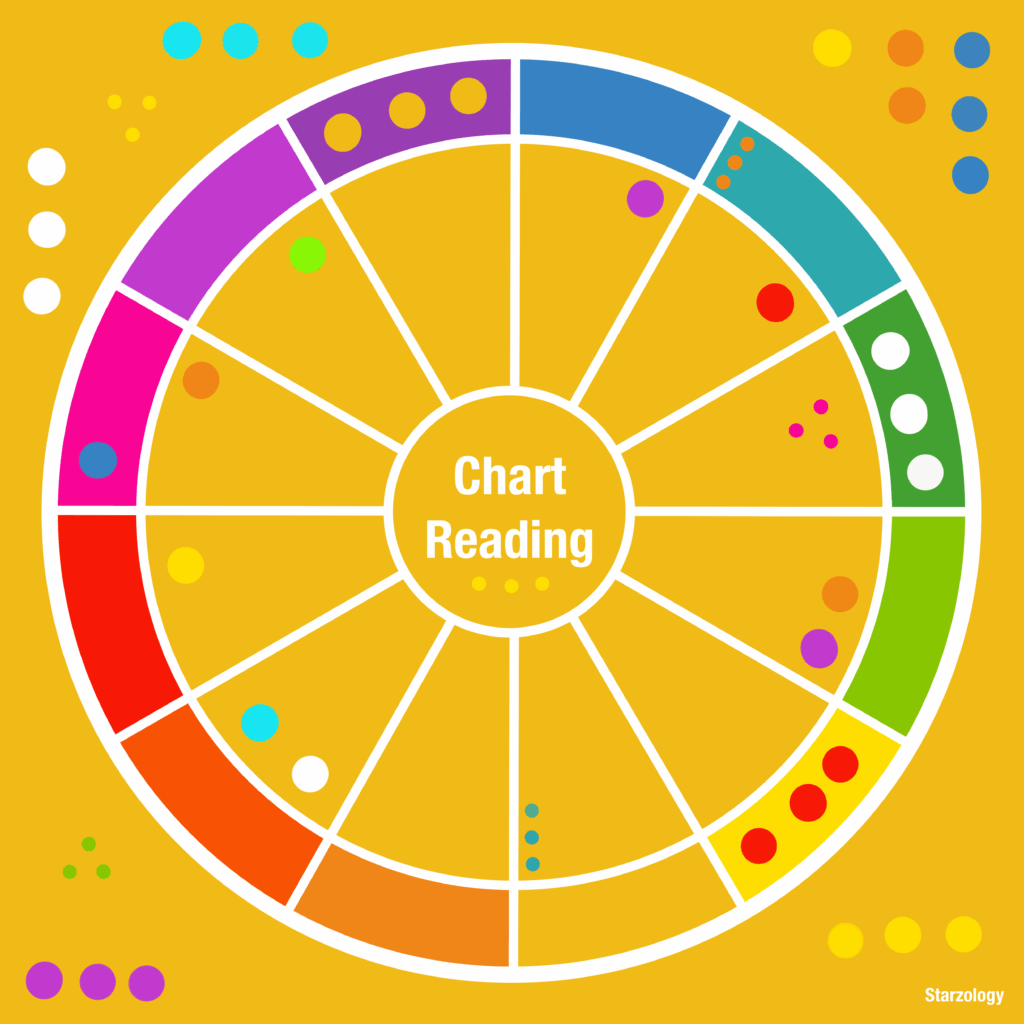Your Astrological Journal or Grimoire
This year my main plan to improve the presentation of astrology for your understanding and pleasure is a little different. I am working on the development of astro art or creative pages to help aspiring astrologers or anyone and everyone learn more about our art.
In the astro art section so far you have posts on a binder cover page to colour and a wheel of fortune to make for yourself. Creating an astrological journal supports the multiple input method of learning and is a good way to build a resource that you can use later.
How To Use Your Astrology Journal
A Journal can be used in several ways:
- To plan your day for things you have to do (pick up the kids and take the dog to the vet etc.) and this works best as a bullet journal.
- It can be a “dear diary” style for capturing what did happen and how you felt about it, whatever it is.
- Or it can be used to build a personal resource to learn and remember information and build a knowledge base that you can use for years to come.
It it the third one that we will talk about here.
How to make an astrological journal that becomes a personal resource to learn , understand and appreciate the little pieces in your chart.
Things like signs, planets and houses meanings that go to build a comprehensive chart reading.
The Benefits of Journaling
Your brain remembers things easily if it knows them via more than one means of input.
Teachers read aloud, or make you draw pictures, or glue a collage from dried macaroni, or do a play like astro drama to reinforce your knowledge.
The variety or ways to learn is important because the information arrives in your memory through different channels.
This is why just reading books makes it harder to learn stuff.
In the multiple activity way of gaining knowledge, what you know can be retrieved in snippets through thoughts like, “Oh gosh, now what do I know about Jupiter in Virgo?”
You will get better at remembering the many things that you need to know to read a chart by writing and drawing in your astrological journal.
Which Journal to Choose?
There are a few points to consider and choices to be made for a journal that is good to use for astrological journaling.
If you are going to invest your time and energy creating a beautiful astrological journal you might as well get a decent journal in the first place.
Size does matter
The best size is A5 or about 6″ x 8″ because this is easily carried in your bag and can be whipped out on a plane or at dinner. Who does that?
If you choose a size smaller (say 3″ x 5″) it will work as a pocket journal, but will get full quicker.
You can think of this one as your on-the-go journal, or field journal, which is best to jot down ideas while you are out and about or at a conference or lecture.
When you get home you can transfer the gems of knowledge to your main A5 journal. This process serves learning.
Paper quality
Can you see through the pages in your journal?
If you can, the paper is too thin and too cheap.
Get a better quality book.
I like the Moleskine A5 plain paper journal and the Leuchhturm1917 dotted bullet journal.
Each year I buy a few new journal books and I have one for each year but that’s another story.
How to Use Your Astrological Journal – Basic Layout
Title page
You will have a title page which is usually the very first page in the main body and not the inside flap page which is thicker than normal.
State your journal name.
Typically this will be “My Astrological Journal” or “My Journey into Astrology” or something in that vein.
Contents page
Open to the first double page.
This will be a contents overview and here you can specify the deeper level of detail that you want. The choice is yours.
This will help you gauge the number of pages you need between each section.
For instance if you have 12 signs you may need 12 (or 24) pages.
This depends on how large your journal is to start with.
How to plan your astrological journal with sections and segments
For each main section like natal signs you will make a title page on the right hand side.
You will do a section title page for each main section in your contents page.
It is best to add a tab sticking out at the right for your main sections and perhaps your segments.
Signs Summary Journal Pages
This is a summary page to note things about the zodiac signs.
Signs Journal Page

This signs full spread shows the signs in the natural wheel and some main keywords for each sign.
The ruling planet is shown in the inner wheel for each sign.

Elements and Modes Journal Pages

See how this element and mode table can help you work out each sign.
You can perhaps draw this table and place your planets in their corresponding signs from your chart to show which planets your have in each sign.
The colours relate to the signs.
Planets Journal Page
- The meaning of the planets
- Chart ruler
- Most elevated
- Oriental
- Occidental
- Gauquelin sector planets
Houses
- 1st to 12th houses
- Planets in the first house, in the second house etc.
- House systems
Chart Division
- Hemispheres
- Quadrants
- Triple division houses
- Type of house (Angular, succeedent cadent)
Aspects
Aspects of longitude
- Soft aspects
- Hard aspects
- Neutral aspects
Aspects of declination
- Parallel
- Contra parallel
Aspects of antiscia
- Antiscia
- Contra-antiscia
Forecasting Section
Pages
- Transits (outers)
- Eclipses
- Solar returns
- Secondary progressions (inners)
- Firdaria
- Profections
- Solar arc directions
- Summary
You can do as much detail and depth as you wish. If you are just starting out with astrology I suggest the following sections, natal and forecasting and keep it simple.
Going deeper means a page for each planet in sign and house and deeper still is nice-to-haves about astrology like eclipses or the morning planet.
Tree of Life
The tree of life is a symbol of the full cycle from root to tip.
Trees are leaned heavily on for our survival.
They convert carbon dioxide into oxygen.
If you are stuck on a desert island you can build handy items like boats and shelter with the wood from trees.
Paper that we used every day often comes from trees.
Art Tip
Make sure to center your circle on the page not like mine which is a little off to the left.

Herb Garden Layout
This is a classic herb garden layout with a central circle and four quadrants adjacent and larger gardens in this pattern have more quadrants.
Here I drew the four main beds of herbs.
- Medicinal herbs
- Aromatic herbs
- Indigenous herbs
- Culinary herbs
If you cook with herbs make sure that your fertilizer and mulch is organic and not synthetic.
The aromatic bed has plants for pot potpouri and perfume basics.
Indigenous herbs are local to your area they different for everyone.
Medicinal herbs are where traditional healing herbs come from, so know what you are doing here.

The Four Elements
The four elements align with the compass points
- Fire – South
- Earth – North
- Air – East
- Water – West
Polarity
The symbols relate to the active (masculine) and passive (feminine) polarities.
The upwards pointing triangle for masculine elements is symbolic of an erect manhood.
The downwards pointing triangle for feminine elements is symbolic of a woman’s pubic area.

Spring Poem
Pippa Passes by Robert Browning.

Summer Poem
From A Midsummer Night’s Dream by William Shakespeare.

Author Bio
Alison Price: Professional Astrologer
Alison helps you uncover your individual creativity and lead a fulfilling life using your own astrology. She shares her wisdom from the heart with a touch of humor. She offers Consultations for everyone and Coaching for Aspiring Astrologers.
If you’d like to get in touch with Alison, you can reach out to her via email at starzology@gmail.com.
More Articles
If you enjoyed this post, you may like some more astrology related articles from our blog.

Mars Aspects
Learn more about how Mars works in your birth chart and what its aspects can reveal about you. Basic natal astrology.

Solar Return: Sun House Pattern
In astrology, the SOLAR RETURN Sun moves HOUSE in a particular pattern, cycling through the angular, succedent and cadent houses in turn.

7-Days to a Better Chart Reading
My 7-Days to a Better Chart Reading e-course gives you a simple rhythm to follow each day so you can regain confidence in your chart work.












